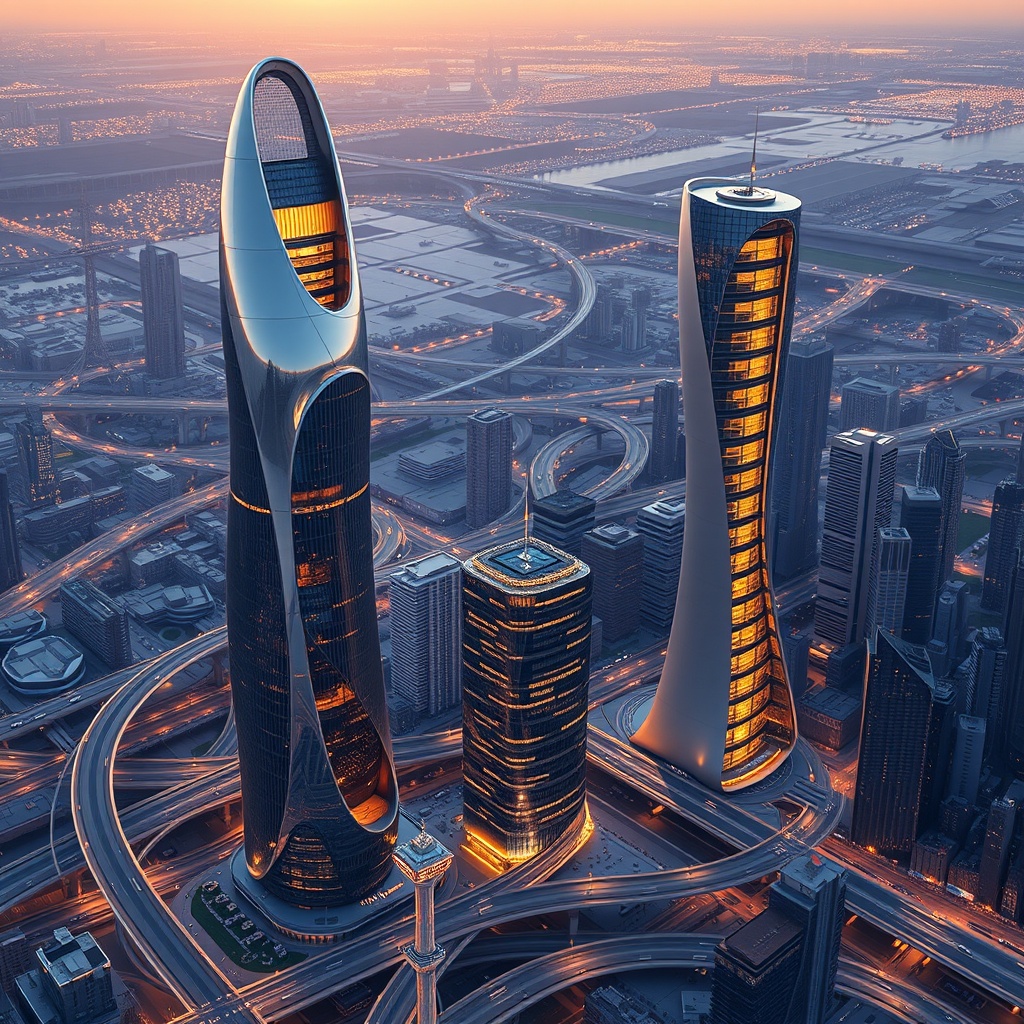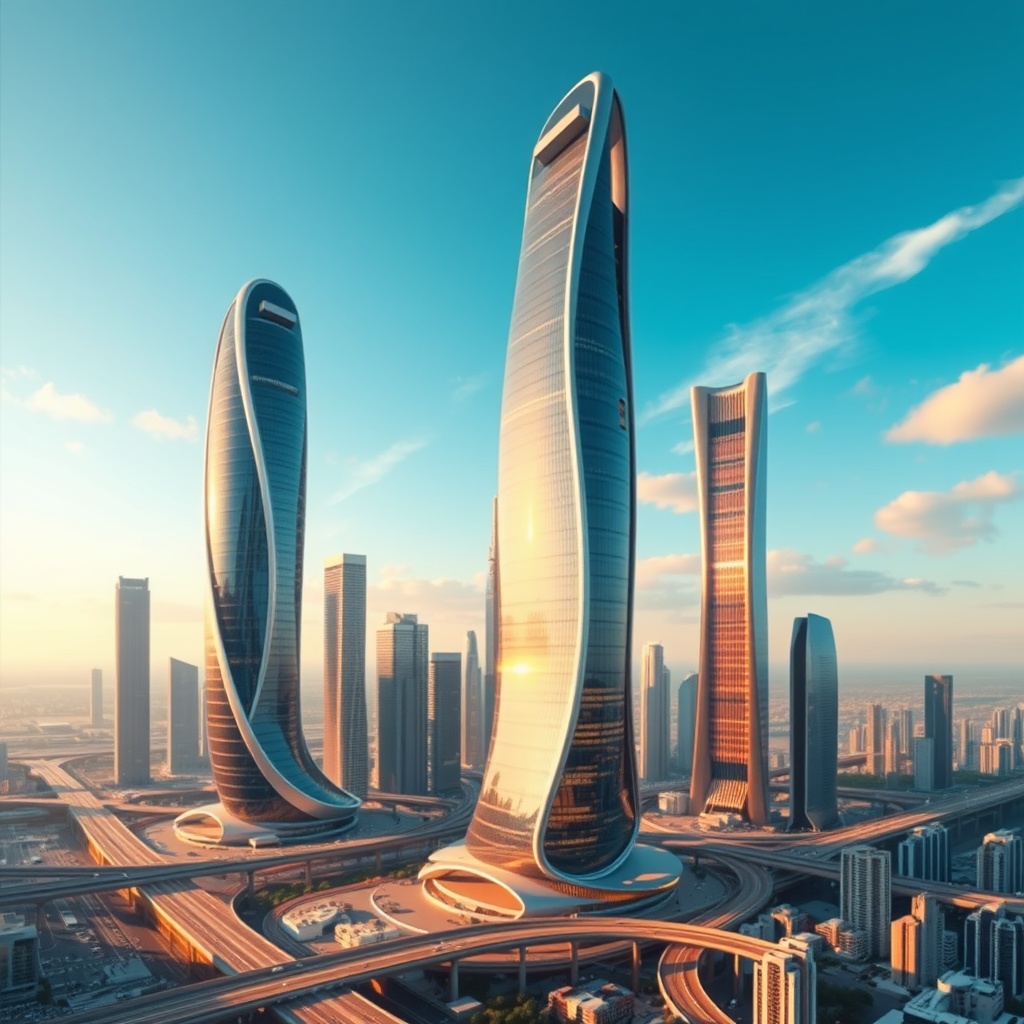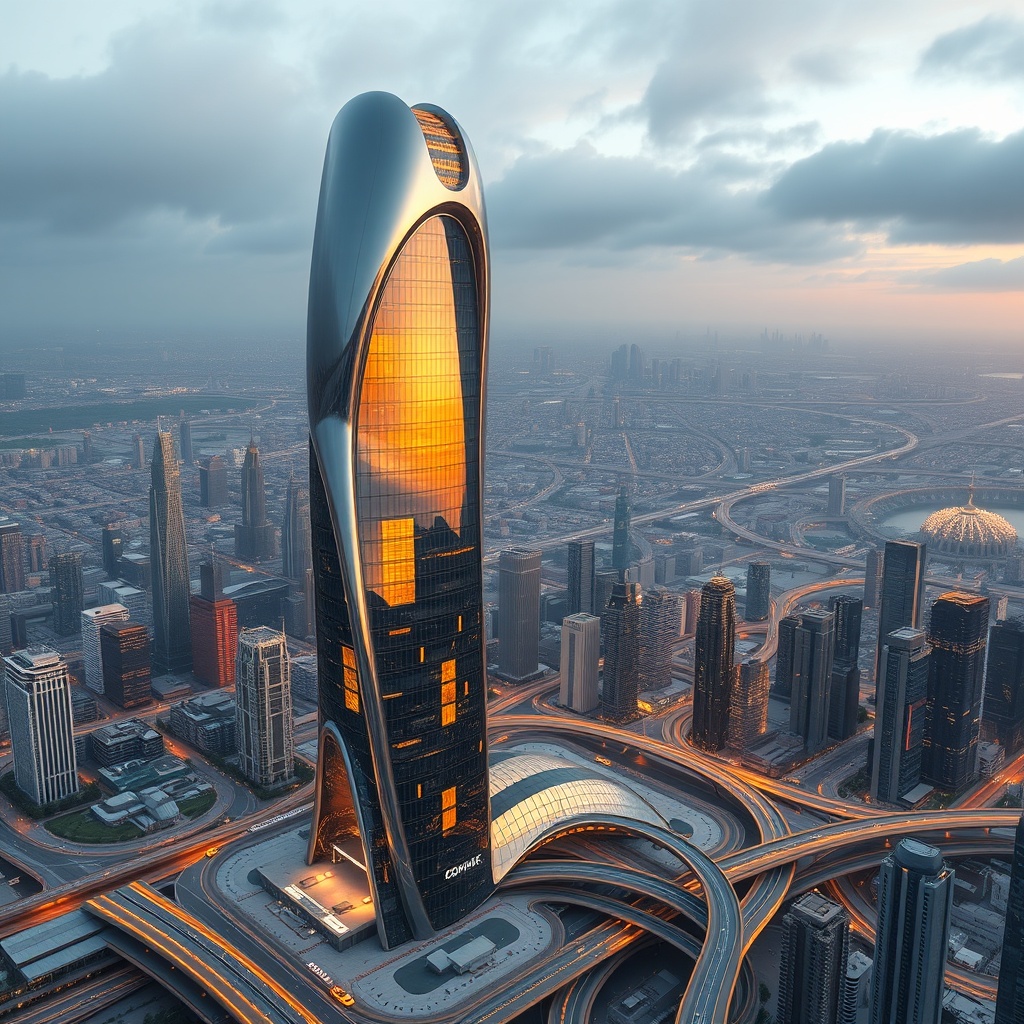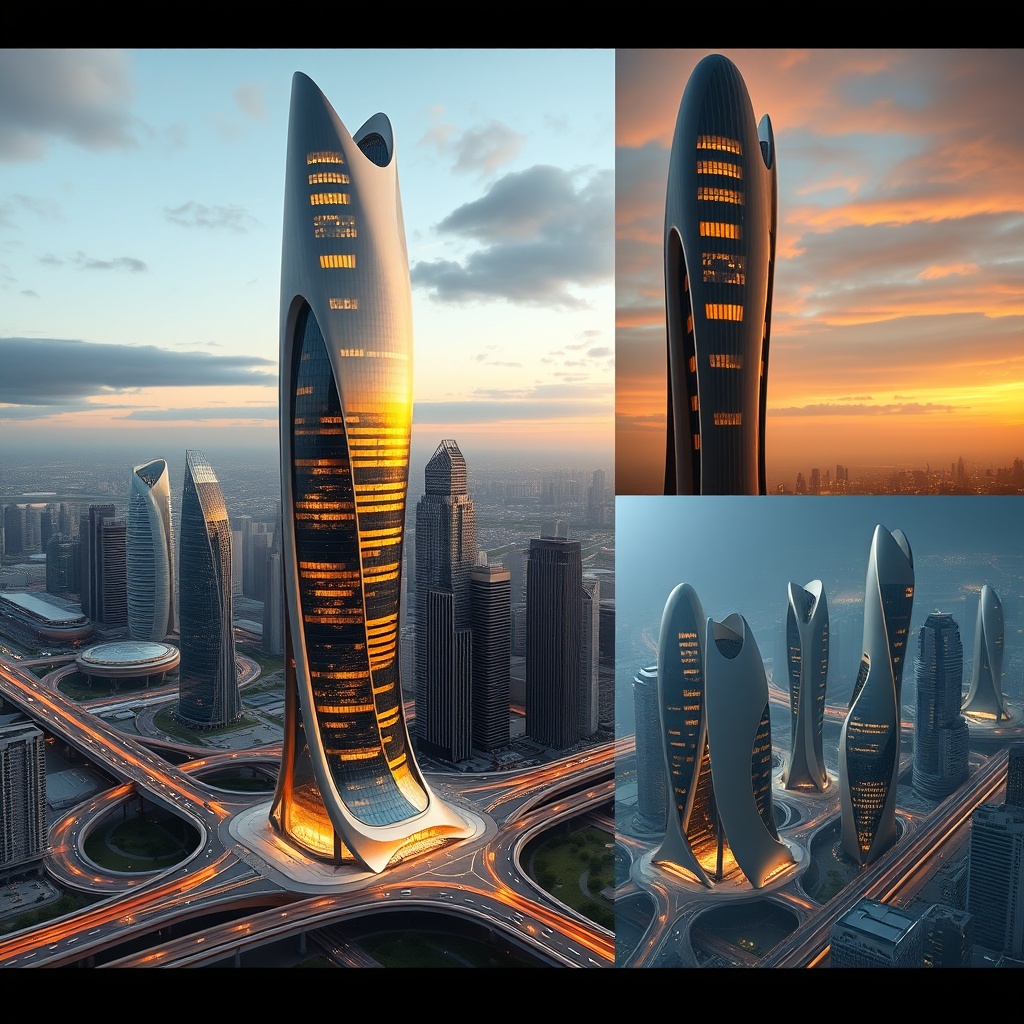

The Future of Architecture: Smart Buildings and Smart Cities Redefining Urban Spaces
The architectural landscape is undergoing a seismic transformation with the advent of smart technology and futuristic designs. As urbanization continues to accelerate, architects are not only focusing on creating aesthetically remarkable structures but also on developing smart, sustainable, and energy-efficient buildings that form the backbone of tomorrow’s cities. This new wave of futuristic skyscrapers and high-tech cities is marked by innovation that blurs the lines between technology, functionality, and design.
Key Sections:1.
Futuristic Architecture: The Shape of Things to Come
The influence of contemporary architecture is defined by aerodynamic forms, fluid structures, and organic shapes. With the use of high-strength materials and 3D printing, these towering marvels reach unprecedented heights while maintaining the essence of minimalism and sustainability.
Buildings such as the ones in Dubai, designed with futuristic facades and fluid shapes, are a testament to this evolution.

2. Smart Buildings:
Integrating Technology into the Heart of Design
Smart buildings today are embedded with IoT (Internet of Things) technology, making them capable of self-regulation in terms of lighting, heating, and ventilation. These buildings utilize automation systems that ensure optimum energy efficiency, reducing the carbon footprint significantly.
Smart building designs also focus on occupant comfort, using artificial intelligence to adjust interior conditions automatically based on occupancy levels and weather patterns.
3. Smart Cities: The Future of Urban Living
Smart cities integrate advanced digital infrastructure to enhance the quality of life for residents. From smart transportation systems to smart waste management, the urban ecosystem is now driven by connectivity and data analytics.
Dubai, Seoul, and Singapore are leading examples of smart cities, where technology serves to manage resources efficiently while promoting sustainability.

4. Sustainability: A Key Pillar in Futuristic Architecture
Futuristic architecture doesn’t just focus on design; it also champions the cause of sustainability. Eco-friendly building materials, renewable energy sources like solar and wind power, and green building certifications like LEED are now integral to construction projects.
Buildings are designed with water conservation, waste reduction, and energy efficiency at their core.
5. The Role of AI and Machine Learning in Architecture
AI tools are now used in various stages of building design, from conceptual modeling to structural analysis. AI can also enhance security systems, predictive maintenance, and urban planning, ensuring a balance between innovation and practicality.

Conclusion:
As we move towards a future dominated by smart technologies and data-driven design, futuristic architecture will continue to evolve. These marvels will redefine skylines and cityscapes, merging beauty, technology, and sustainability into an inseparable trinity. In this era of architectural innovation, smart buildings and cities are no longer a vision of the future—they are becoming a reality.
